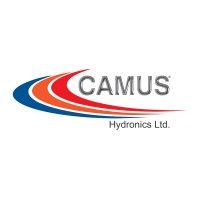
Triatek
Since 1985 Triatek has been on the forefront of designing and manufacturing innovative airflow solutions for critical environments. Headquartered near Atlanta, Georgia, Triatek provides end-to-end solutions for healthcare facilities, laboratories, and municipal facilities around the world. Our product line includes Venturi air valves, room pressure controllers, fume hood controllers, remote monitors, sensors, actuators, and more all designed to seamlessly integrate into a facility’s building automation system. HVAC systems are an important component of critical environments, and Triatek’s product line plays a unique role in mitigating the spread of dangerous airborne contaminants and preventing harmful chemicals from re-circulating in the air.






